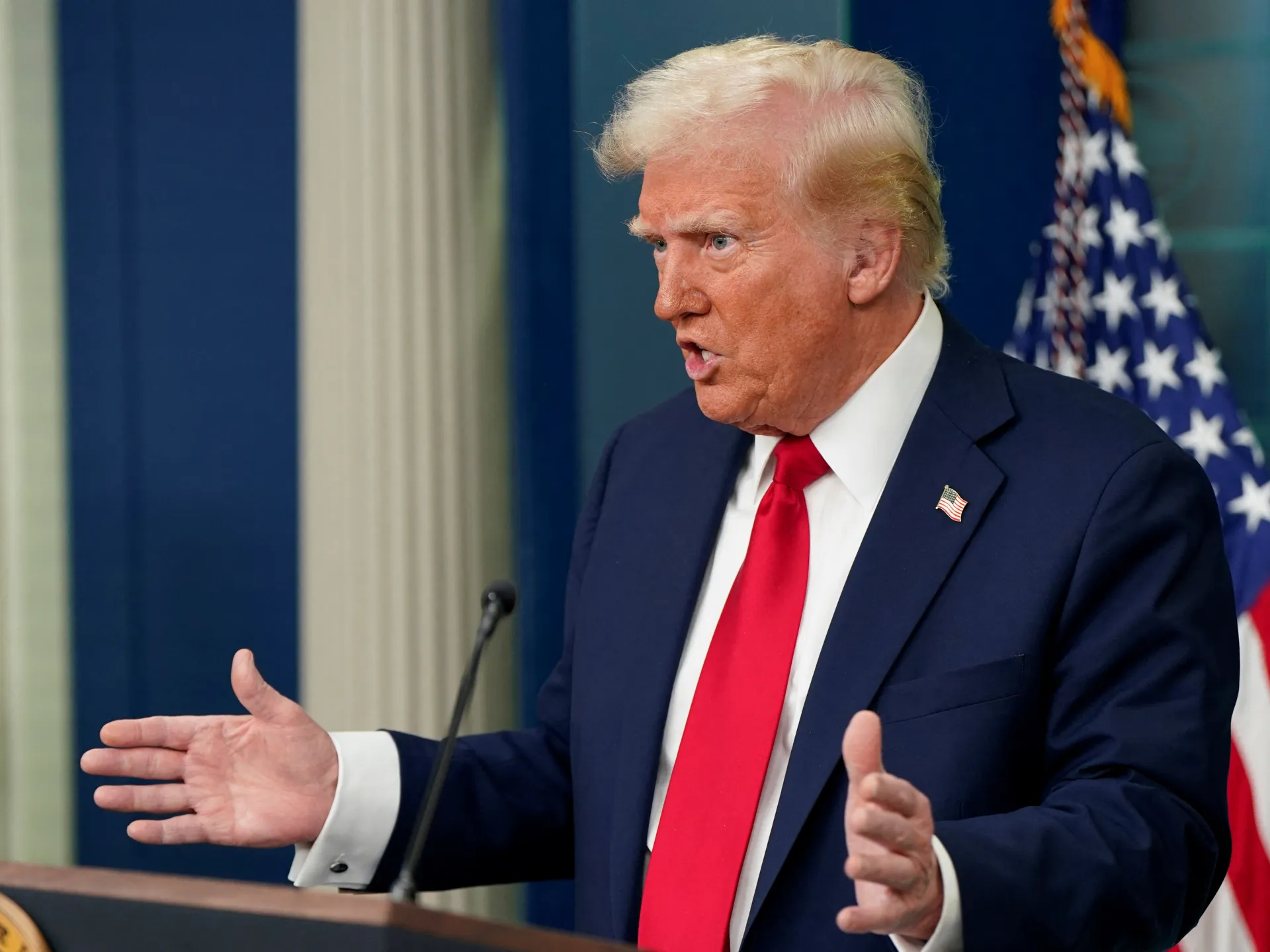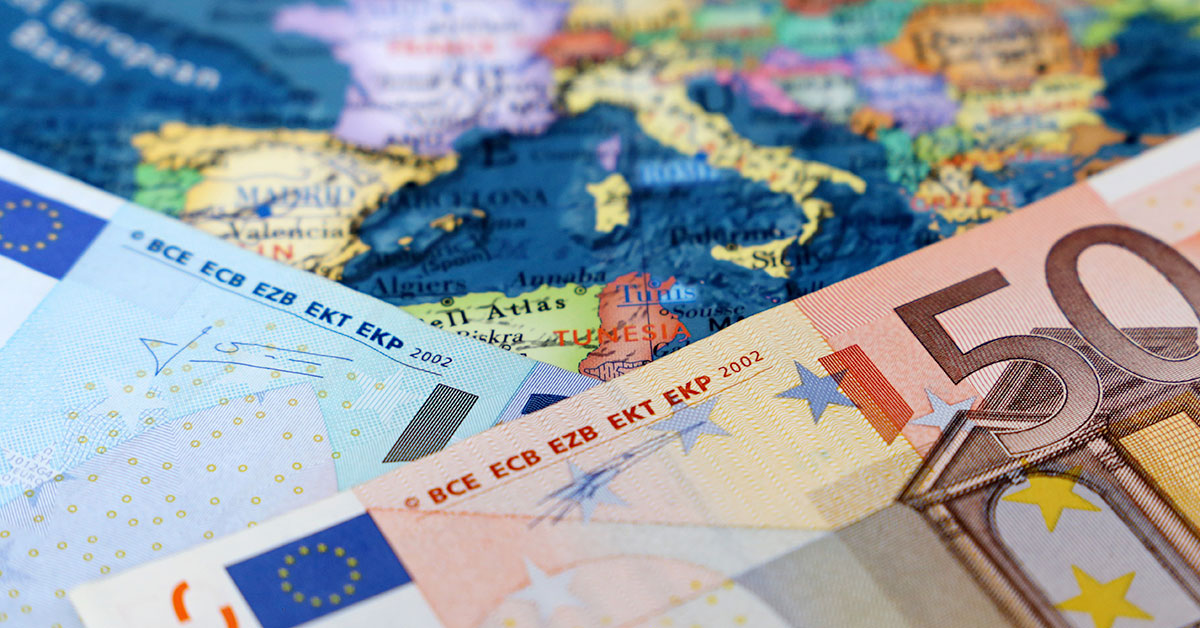Trump Imposes 35% Tariff on Canada, to Impose Lower Tariffs on Other Countries
U.S. President Donald Trump announced that the United States would impose a 35% tariff on imports from Canada next month and planned to impose broad tariffs of 15% or 20% on most other trading partners.
Trump informed Canadian Prime Minister Mark Carney in a letter posted on his social media platform that the new rate would be implemented on August 1 and would increase if Canada responded in kind.
The current 25% tariff that Trump had designated to Canada has been increased to 35%.
This is a setback for Carney, who was in the process of negotiating a trade agreement with Washington.
An administration official stated that the 10% tariffs on energy and fertilizer were not expected to change, and an exclusion for commodities covered by the United States-Mexico-Canada Agreement (USMCA) on trade was anticipated to remain in place.
However, Trump had not yet made a definitive decision on those issues.
In his letter, Trump expressed his dissatisfaction with the flow of fentanyl from Canada and the tariff- and non-tariff trade barriers that he claimed were detrimental to U.S. dairy producers and other stakeholders.
He also alleged that the trade deficit posed a threat to the U.S. economy and national security.
According to Canadian officials, a minuscule quantity of fentanyl is produced in Canada; however, they have implemented measures to fortify the border.
“We will, perhaps, consider an adjustment to this letter if Canada collaborates with me to halt the flow of Fentanyl,” Trump wrote.
The prime minister announced last month that he and Trump had reached an agreement to finalize a new economic and security agreement within 30 days. However, a request for comment from Carney’s office was not promptly responded to.
In recent days, Trump has expanded his trade conflict by imposing new tariffs on a variety of countries, including allies Japan and South Korea, as well as a 50% tariff on copper.
In an interview with NBC News that was published on Thursday, Trump stated that other trading partners who had not yet received such letters would likely be subject to broad tariffs.
“Not everyone is required to receive a letter.” You are aware of this. In the interview, Trump stated, “We are merely establishing our tariffs.”
According to the network, Trump stated, “We will simply state that all remaining countries will be required to pay, regardless of whether it is 20% or 15%. We will resolve this matter at this time.”
Canada is the second-largest trading partner of the United States, following Mexico, and the largest purchaser of U.S. exports. According to data from the U.S. Census Bureau, it imported $349.4 billion of U.S. products and exported $412.7 billion.
Carney, who earlier this year secured a comeback election victory for his Liberal Party by promising to address trade challenges with the United States, had been hoping to negotiate a trade agreement with its primary trading partner by July 21.
In his letter, Trump did not explicitly mention the status of trade negotiations; however, he did mention that the “tariffs may be modified, either upward or downward, depending on our relationship with your Country.”
The Carney government canceled a digital services tax that was intended to target U.S. technology firms last month after Trump abruptly halted trade negotiations, claiming that the tax was a “blatant attack.”
news via inbox
Get the latest updates delivered straight to your inbox. Subscribe now!




